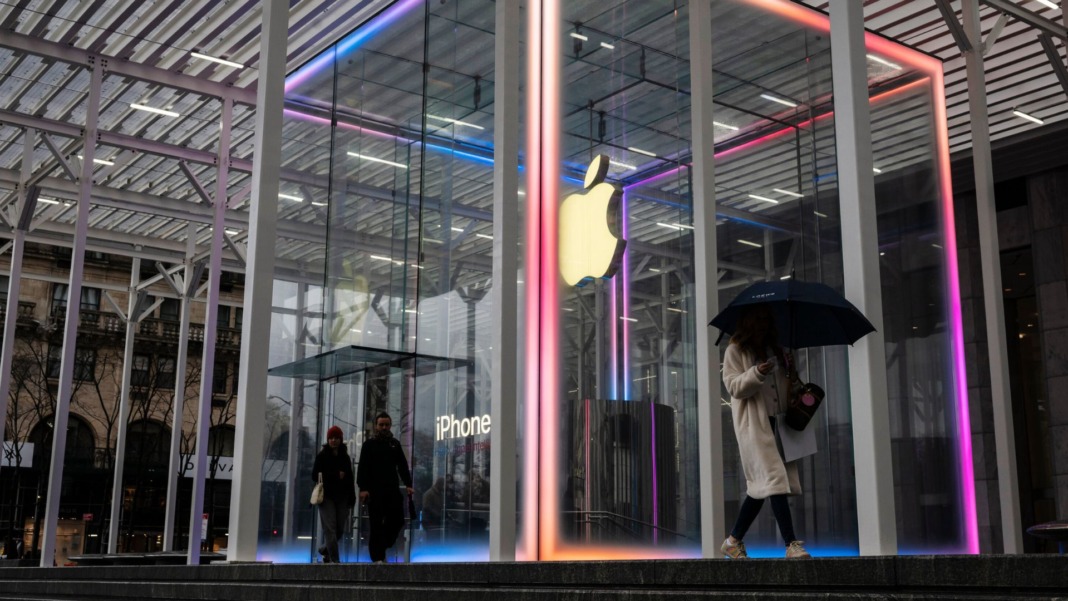If you’re wondering whether your next phone or laptop will suddenly become more expensive due to new tariffs, there’s some good news. The Trump administration has decided not to include smartphones, laptops, and other popular electronics in the latest round of tariff increases. This update came from US Customs and Border Protection (CBP) late last night and was first reported by Bloomberg.
The decision comes after former President Donald Trump announced a steep increase in tariffs on Chinese imports, raising them by an additional 125%. Alongside that, a 10% global tariff is now placed on goods from most other countries. However, the CBP’s latest guidance confirms that many electronics are now exempt from these increases.
The report excludes smartphones, laptops, hard drives, processors, and memory chips. The additional costs also do not apply to high-tech machines used to produce semiconductors—like those from Taiwan Semiconductor Manufacturing Co.
What this means for electronics and shipping
It’s not just your gadgets that are getting a break. A memo from the White House added to Bloomberg’s updated story, shows that the exemptions now also include changes related to small-parcel shipping. Previously, Trump had increased rates on duty-free shipping for lower-value packages, affecting services like international shopping or smaller online orders.
Tuesday night’s executive order tripled the rates for these small parcels, but the latest memo reverses that decision. This may offer some relief for small businesses and everyday consumers who rely on these kinds of shipments.
However, don’t assume all tariffs are gone. Products still face a 20% duty meant to pressure China into acting against the export of fentanyl and its key ingredients. This is part of a broader move by the US to clamp down on illegal drug trafficking. In addition, previous tariffs from earlier in Trump’s time in office still apply to many goods.
Price concerns remain as companies adjust
Trump’s decision to pause some tariff increases for 90 days for most countries hasn’t eased all concerns. On the same day the new tariffs took effect, China’s total tariff rate jumped to 145%. That’s a massive hike that could influence pricing in many areas.
Some tech companies have already made quiet moves in response. For example, Sony has raised prices on new televisions in the US, likely to cover the cost of tariffs. OnePlus also increased the price of its latest smartwatches without providing an apparent reason, suggesting tariffs may have played a role.
Other companies are holding steady—for now. Nintendo delayed preorders for its upcoming Switch 2 in the US, although it plans to launch the console at US$449.99. Meanwhile, Apple reportedly rushed to bring 600 tons of iPhones from India into the US just before the tariffs were enacted.
With many companies waiting to see what Trump does next, it’s clear that the trade war’s impact on tech pricing is far from over. For consumers, that means prices could still rise depending on how future tariff decisions unfold.





